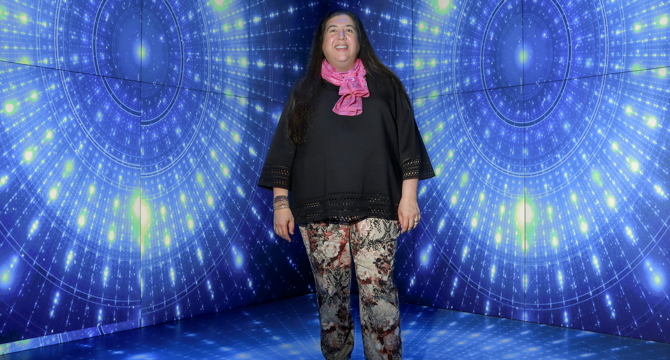IEEE Spectrum
2M
431

Image Credit: IEEE Spectrum
A Knee Injury Launched This VR Pioneer’s Career
- Carolina Cruz-Neira, a computer-science professor at UCF, became a VR pioneer after a knee injury ended her ballet dreams.
- Her development of the CAVE system in the 1990s turned a room into an interactive 3D digital world, benefiting fields like medical research.
- Initially pursuing ballet, Cruz-Neira transitioned to systems engineering for technical skills and later found interest in early VR technology.
- Encountering VR technology at the University of Illinois Chicago sparked her passion for merging technical and artistic skills.
- Graduating in 1991, Cruz-Neira's thesis focused on interactive 3D graphics before she explored VR further during her Ph.D.
- Unveiling the CAVE system in 1992 at SIGGRAPH, Cruz-Neira's innovative approach used projectors to create immersive experiences.
- Beyond art, CAVE's collaborative potential enabled diverse applications such as aiding biologists in drug development for AIDS.
- Cofounding the Virtual Reality Applications Center and working across U.S. universities, Cruz-Neira broadened her software development to various industries.
- Currently focusing on digital twins for simulation and testing, Cruz-Neira continues to blend art and science with interactive experiences.
- By evolving her past ideas into modern applications, she maintains a connection to her artistic roots while advancing VR technology.
Read Full Article
25 Likes
For uninterrupted reading, download the app